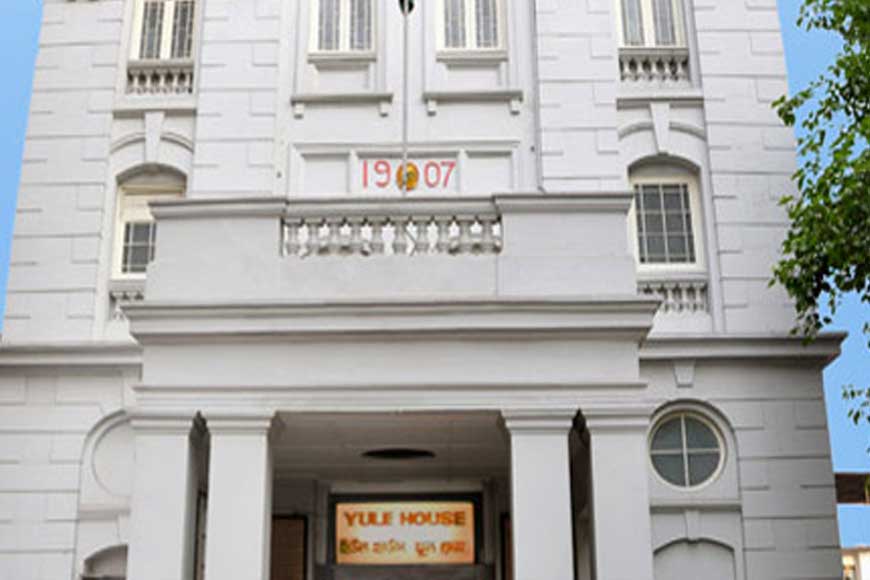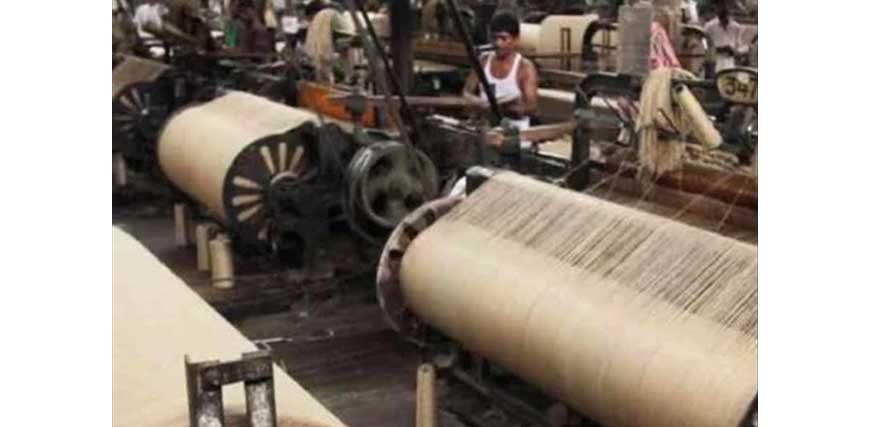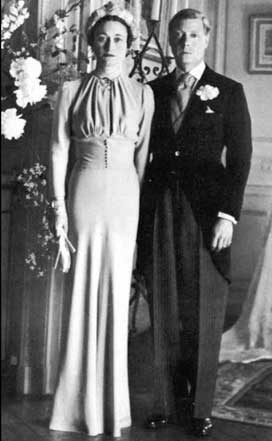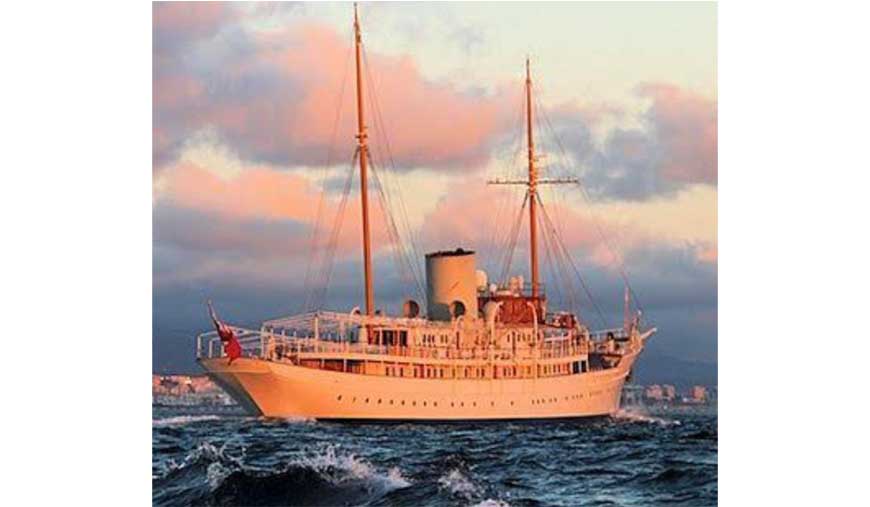Andrew Yule and his love for Bengal’s Golden Fibre

In our childhood days we often heard of family members working for the well-known multi-national company Andrew Yule. But who was Andrew Yule? He was the son of a small-town draper in Scotland. In 1863, he arrived in Calcutta as an agent representing several British firms and then ended up owning businesses in carefully hand-picked tea estates, coal mines and cot-ton. Last but not the least he also had Bengal jute mills and 2,400 square miles of fertile land to produce jute, for he was completely in love with the golden fibre.

Andrew loved jute as a natural golden and silky shine fibre of Bengal. Jute happens to be the se-cond most important vegetable fibre after cotton, in terms of availability, global consumption and production. During his time, Calcutta was the capital of the Jute world and the first jute mill was established at Rishra on River Hooghly near Calcutta in 1855. Mr. George Acland brought jute spinning machinery from Dundee. Four years later, the first power driven weaving factory was set up. By 1869, five mills were operating with 950 looms. Growth was rapid and, by 1910, 38 companies operating 30,685 looms exported more than a billion yards of cloth and over 450 million jute bags. Until the middle 1880's, the jute industry was confined almost entirely to Dun-dee and Calcutta.
 In 1939, there were a total of 68,377 looms, concentrated mainly on the River Hooghly near Cal-cutta. In 1820s when Dundee manufacturers began to look for an alternative to hemp in the mak-ing of sacking, rope and sailcloth. After years of experiment, it was successfully made pliable by the application of whale oil, of which Dundee as a whaling port had no shortage. Jute was cheap and reliably available from Bengal in British India, but it was tough and brittle and broke easily when it was spun or woven. Even though aratdars, jute sack-builders and Patchasis did not get any profit, the fertile soil of Bengal produced high quality jute and British chutkal owners (jute factory) made huge profit. The Yule family also largely benefited from this business boom.
In 1939, there were a total of 68,377 looms, concentrated mainly on the River Hooghly near Cal-cutta. In 1820s when Dundee manufacturers began to look for an alternative to hemp in the mak-ing of sacking, rope and sailcloth. After years of experiment, it was successfully made pliable by the application of whale oil, of which Dundee as a whaling port had no shortage. Jute was cheap and reliably available from Bengal in British India, but it was tough and brittle and broke easily when it was spun or woven. Even though aratdars, jute sack-builders and Patchasis did not get any profit, the fertile soil of Bengal produced high quality jute and British chutkal owners (jute factory) made huge profit. The Yule family also largely benefited from this business boom.
Economic historian Morris D Morris points out, “Jute manufacturing was not a complicated pro-cess and cheap labour was a very great advantage for Bengal.” Bengal had five jute mills in 1870 and 69 jute mills in 1914, as cheaper Indian-made jute conquered foreign markets previously served by Dundee, and exports of jute cloth from India grew 272 times over the same period; even better was to come with the first world war, when the word “sandbag” must have sounded like a ringing cash register in the inner ear of every Indian jute trader.
But what attracts awe even today was the royal steam yacht that the tycoon took before his death in 1928. Nahlin was the same yacht where King Edward VIII and Ms Wallis Simpson “came out” as a couple. The relationship caused great global sensation, crisis in Britain and ended with the king’s abdication in December 1936. The British king was aboard due to reports of social unrest in France and he planned to rent a villa there. At the same time King Edward VIII did not want the royal yacht, Victoria & Albert. Nahlin was what he chose for cocktail modernity. As an exuberant crowd of 20,000 turned up at Dalmatian port of Šibenik, two Royal Navy destroyers, the Grafton and the Glowworm (at sea), accompanied the Nahlin through the Corinth canal to the Greek islands, and eventually to Istanbul, King Edward VIII and Mrs Simpson boarded Nahlin for a life of togetherness far away from the kingdom of Britain.

That same Nahlin was ordered by Lady Yule and she could afford it for the huge wealth her husband Sir David Yule amassed from Bengal. After death of Sir David Yule, Lady Yule became one of the richest widows in England and owned Nahlin. Lady Yule or Annie Henrietta, was daughter of Andrew Yule. Her husband who lived in Calcutta and expanded her father’s jute business. The Times described him as “one of the wealthiest men, if not the wealthiest man, in the country.”
Thus the history of a super luxurious yacht revolved around the fertile soil of Bengal, jute culti-vation and creation of Nahlin, the superb classic steam yacht identified recently even at the Blohm+Voss shipyard in Hamburg.










